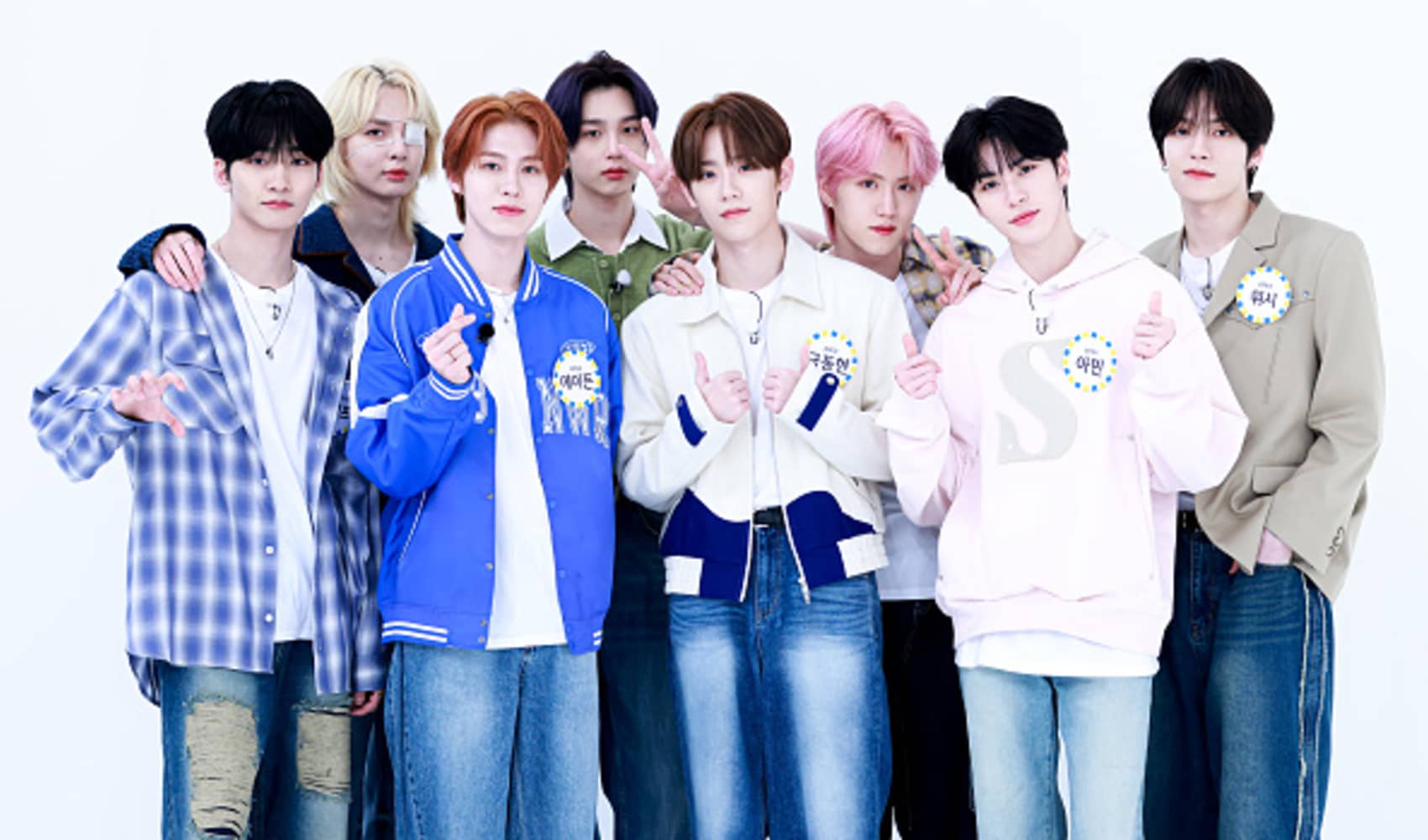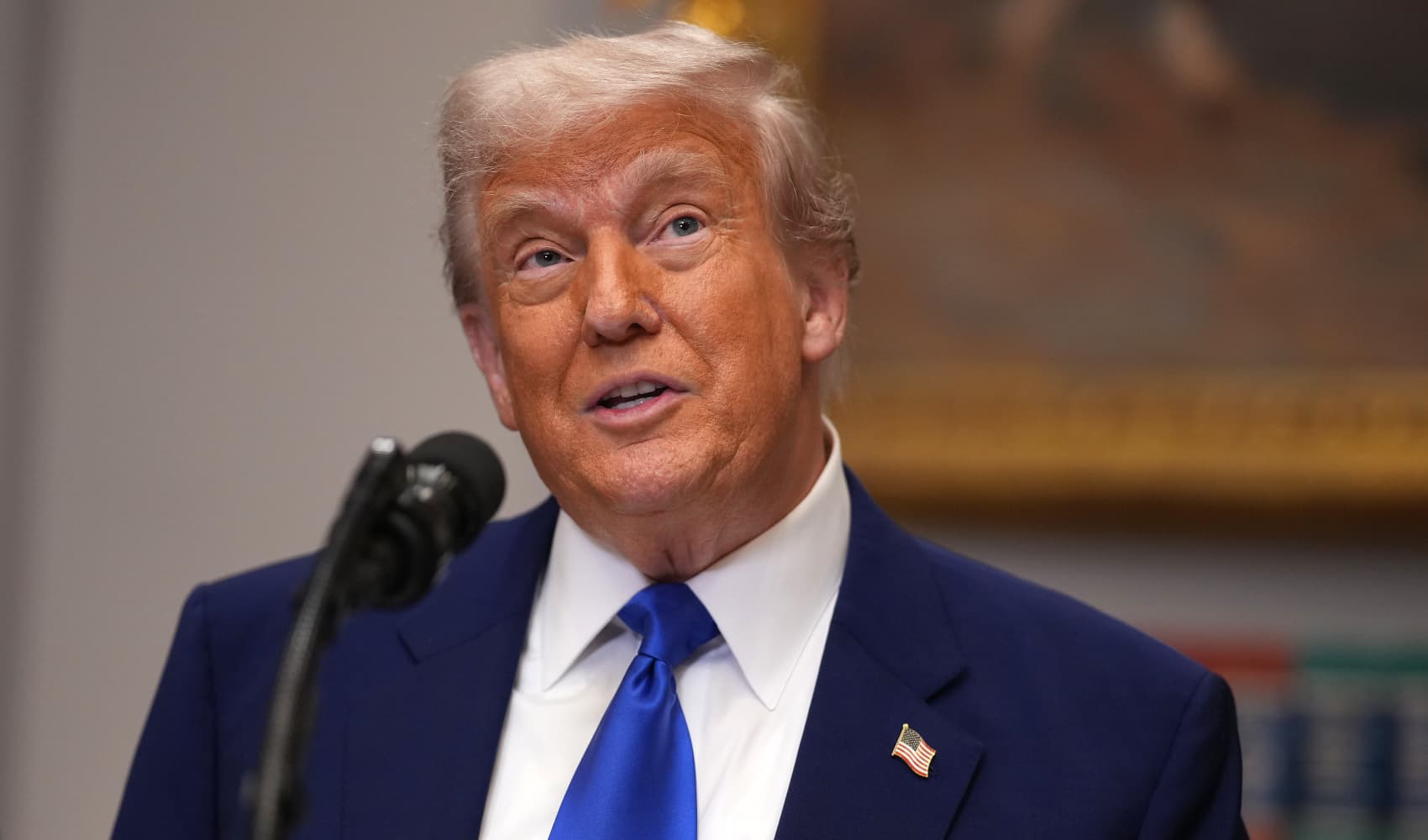K-Pop Comeback: China's Diplomacy & Economic Boost!
K-Pop's Grand Return: China's Cultural Overture Amid Trade Tensions
Introduction: A Harmonious Shift on the Horizon?
Imagine a world where cultural barriers crumble, and the infectious beats of K-pop echo across borders once thought impenetrable. That world might be closer than you think! China, facing economic headwinds and a complex relationship with the West, appears to be orchestrating a fascinating symphony – a renewed embrace of K-pop. Locked in a trade war with the United States and grappling with weaker-than-desired domestic consumption, China is poised to make a surprising U-turn in an unlikely sector: K-pop. But why now? What's behind this potential cultural renaissance? Let's delve into the fascinating details of this developing story.
A K-Pop Comeback: Epex Takes the Stage
It was officially announced on April 28th that the K-pop group Epex will be performing in Fuzhou, Fujian province, on May 31st. This marks a pivotal moment, representing the first time an all-Korean idol group has held a concert in mainland China since 2016. This isn't just a concert; it's a symbolic reopening of doors, a potential bridge built with rhythm and melody.
The "Structural Turning Point": A Sea Change for the Industry
According to Oh Jiwoo, a research analyst at CGS International Securities Hong Kong, this about-face on K-pop represents a "structural turning point" for the sector. This isn't a fleeting trend; it's a fundamental shift in policy and perception. Could this be the beginning of a golden age for K-pop in China? Only time will tell, but the signs are promising.
Cultural Diplomacy: More Than Just Music
The Art of Soft Power
China's warming up to K-pop extends beyond just entertainment. It's a calculated move in cultural diplomacy, a way to foster goodwill and strengthen ties with South Korea. Think of it as a form of "soft power," where cultural exports become ambassadors of goodwill.
Balancing Act: East Meets West
This cultural shift isn't happening in a vacuum. Analysts suggest that China is subtly rebalancing its cultural imports, seemingly favoring South Korean content while placing temporary limitations on certain Western content, including Hollywood films. It's like a cultural seesaw, adjusting to maintain equilibrium.
Boosting Consumption: The K-Pop Effect
Economic Impact: Beyond Entertainment
Beyond cultural diplomacy, K-pop's return could provide a much-needed boost to China's domestic consumption. The K-pop industry is a powerful economic engine, driving sales of merchandise, concert tickets, travel packages, and more. Think of it as a consumer stimulus package disguised as catchy tunes and synchronized dance moves.
Fan Power: A Loyal Consumer Base
K-pop fans are known for their dedication and willingness to spend money on their favorite idols. This passionate fanbase represents a significant consumer market, eager to support their favorite groups through various avenues. This enthusiasm can inject fresh life into the Chinese economy.
Trade Worries: A Diversified Strategy
Beyond Borders: Rethinking Global Partnerships
China's ongoing trade war with the United States has undoubtedly influenced its decision to embrace K-pop. Diversifying its cultural and economic partnerships becomes essential when facing trade uncertainties. It's like diversifying an investment portfolio; spreading the risk across different assets.
Strengthening Regional Ties
By fostering closer ties with South Korea, China strengthens its regional influence and creates a more balanced geopolitical landscape. It's a strategic move that extends beyond the realm of entertainment, impacting trade, diplomacy, and regional stability.
The Dream Concert: A Sign of Things to Come?
Anticipation Builds
South Korea's large-scale annual Dream Concert... (details omitted for brevity, but the sentiment remains powerful!). This event represents another significant step forward, a potential platform for showcasing K-pop talent and fostering cultural exchange on a grand scale. Could we see even bigger events in the future?
A Platform for Cultural Exchange
These concerts will provide invaluable opportunities for artists and fans to connect on a deeper level, fostering understanding and appreciation for different cultures. This cultural exchange is a two-way street, enriching both countries involved.
The Ban's Backstory: A History of Shifting Tides
THAAD Deployment: The Initial Chill
The previous restrictions on K-pop performances in China were largely attributed to tensions surrounding the deployment of the Terminal High Altitude Area Defense (THAAD) system in South Korea. This geopolitical dispute cast a shadow over cultural exchange, leading to a significant decline in K-pop activity.
A Thawing Relationship: Moving Past Disputes
As geopolitical tensions ease, the cultural landscape begins to shift. China's renewed interest in K-pop suggests a desire to move past past disputes and foster a more cooperative relationship with South Korea. This signifies that the relationship is evolving into something more.
The Future of K-Pop in China: Opportunities and Challenges
Navigating Regulations: A Complex Landscape
While the outlook is positive, the K-pop industry will still need to navigate China's regulatory landscape carefully. Understanding and adhering to local regulations will be crucial for long-term success. It is essential for a stable and secure foothold in the Chinese market.
Maintaining Momentum: Building Sustainable Growth
The initial excitement surrounding Epex's concert needs to be translated into sustained growth. Building strong relationships with local partners, developing innovative content, and engaging with fans effectively are key to maintaining momentum. It is a start, but not the finish line.
Beyond the Music: K-Dramas and More
Expanding Cultural Imports
The warming of relations could extend beyond K-pop to include other forms of South Korean entertainment, such as K-dramas and variety shows. This would further strengthen cultural ties and provide even more opportunities for collaboration and exchange.
A Holistic Approach to Cultural Exchange
Imagine a future where Chinese audiences can enjoy a diverse range of South Korean cultural content, and vice versa. This holistic approach to cultural exchange would foster deeper understanding and appreciation between the two countries.
The Western Perspective: A Global Ripple Effect
Shifting Power Dynamics
China's re-embracing of K-pop and its potential limits on Western content highlight shifting power dynamics in the global entertainment industry. It's a reminder that cultural influence is constantly evolving, and different regions are asserting their presence on the world stage.
Opportunities for Collaboration?
While there might be some initial competition, the K-pop surge in China could also create opportunities for collaboration between Western and Asian entertainment companies. Finding ways to work together could lead to innovative content and broader global reach.
The Fan Experience: A New Era of Engagement
Live Performances: The Heart of K-Pop
The return of live concerts in China is a dream come true for K-pop fans. Experiencing the energy and excitement of a live performance is a unique and unforgettable experience, fostering a deeper connection with the artists.
Digital Engagement: Connecting Online
Beyond live performances, digital engagement remains crucial for K-pop's success in China. Social media platforms, streaming services, and online communities provide valuable avenues for artists to connect with fans and build their brand. This has become the standard for all artists, not just K-pop.
Conclusion: A New Chapter for K-Pop and Cultural Relations
China's warming up to K-pop represents a significant turning point, driven by a combination of cultural diplomacy, economic considerations, and evolving geopolitical dynamics. The return of live concerts, coupled with the potential for expanded cultural exchange, signals a new chapter for K-pop and for China-South Korea relations. While challenges remain, the opportunities for growth and collaboration are immense. Get ready for a future where the infectious rhythms of K-pop resonate even louder across the globe!
Frequently Asked Questions
- Why was K-pop banned in China in the first place?
The main reason cited was tensions related to the deployment of the THAAD missile defense system in South Korea, which strained relations between the two countries.
- How significant is the Chinese market for the K-pop industry?
The Chinese market is extremely important. It represents a massive potential audience and revenue stream for K-pop groups and their agencies. The market alone is worth millions.
- Will the easing of restrictions on K-pop affect other industries in South Korea?
Potentially, yes! A thaw in relations could lead to increased cooperation in other sectors, such as tourism, trade, and technology.
- Are there any specific requirements that K-pop groups must meet to perform in China now?
Yes, K-pop groups likely need to comply with Chinese regulations regarding content, censorship, and cultural values to be approved for performances and promotions.
- What does this shift mean for the future of cultural exchange between China and other countries?
This could signal a broader strategy of cultural engagement and openness from China, potentially leading to increased exchange with other nations beyond South Korea.

